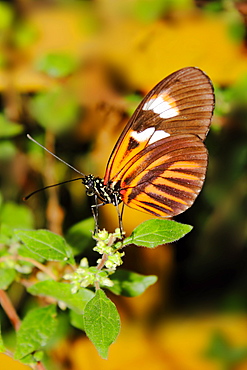Results
1 results found

Yellow Giant frogfish, Antennarius commerson, eye and mouth. This is the largest of all frogfish and is widespread on coral reefs in the Indo-Pacific region. Lembeh Strait, North Sulawesi, Indonesia, Pacific Ocean.

Giant frogfish, Antennarius commersoni. This large species is not only highly variable in color, matching its surroundings, but is also widespread through the Pacific and Indian oceans. Lembeh Strait, North Sulawesi, Indonesia, Pacific Ocean.
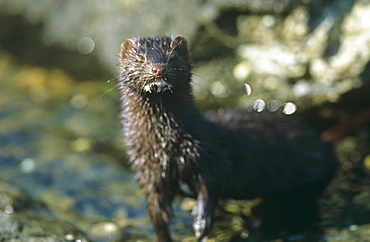
American mink (Mustela vison). Non-native species in the UK considered a threat to ground-nesting birds and water voles in particular. Widespread as a result of escapes from fur farms since the 1950s. Hebrides, Scotland
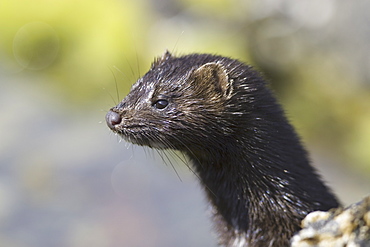
American mink (Mustela vison). Non-native species in the UK considered a threat to ground-nesting birds and water voles in particular. Widespread as a result of escapes from fur farms since the 1950s. Hebrides, Scotland
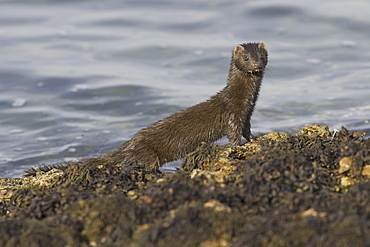
American mink (Mustela vison). Non-native species in the UK considered a threat to ground-nesting birds and water voles in particular. Widespread as a result of escapes from fur farms since the 1950s. Hebrides, Scotland

American mink (Mustela vison). Non-native species in the UK considered a threat to ground-nesting birds and water voles in particular. Widespread as a result of escapes from fur farms since the 1950s. Hebrides, Scotland
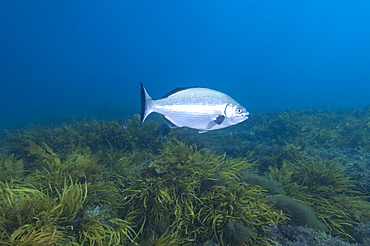
Silver drummer (kyphosus sydneyanus) silvery grey colour, feeding on brown seaweed, wild, day, schools, marine protected area, diving off Rottnest Island, Western Australia, Indian Ocean. MORE INFO: other name common buffalo bream, dark tail and a distinctive dark line that looks a little like a moustache below the eye, occur in large schools. Distribution more widespread throughout Australia.
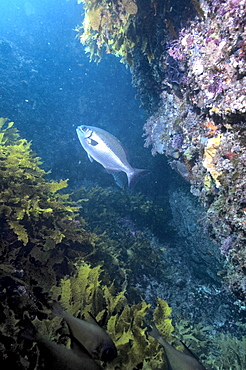
Silver drummer (kyphosus sydneyanus) silvery grey colour, feeding on brown seaweed, wild, day, schools, marine protected area, diving off Rottnest Island, Western Australia, Indian Ocean. MORE INFO: other name common buffalo bream, dark tail and a distinctive dark line that looks a little like a moustache below the eye, occur in large schools. Distribution more widespread throughout Australia.
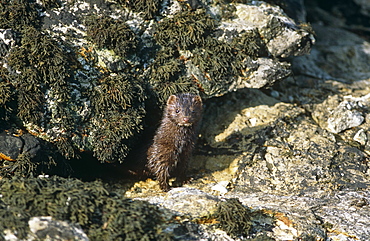
American mink (Mustela vison). Non-native species in the UK considered a threat to ground-nesting birds and water voles in particular. Widespread as a result of escapes from fur farms since the 1950s. Hebrides, Scotland

American mink (Mustela vison). Non-native species in the UK considered a threat to ground-nesting birds and water voles in particular. Widespread as a result of escapes from fur farms since the 1950s. Hebrides, Scotland
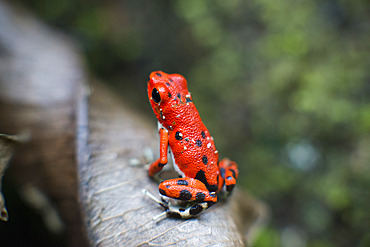
Strawberry Poison Frog (Dendrobates pumilio), adult, Bastimentos National Park, Bocas del Toro, Panama. The strawberry poison frog or strawberry poison-dart frog (Oophaga pumilio or Dendrobates pumilio) is a species of small amphibian poison dart frog found in Central America. It is common throughout its range, which extends from eastern central Nicaragua through Costa Rica and northwestern Panama. The species is often found in humid lowlands and premontane forest, but large populations are also found in disturbed areas such as plantations. The strawberry poison frog is perhaps most famous for its widespread variation in coloration, comprising approximately 15���30 color morphs, most of which are presumed to be true-breeding. O. pumilio, while not the most poisonous of the dendrobatids, is the most toxic member of its genus. The species is most diverse in Panama with varieties in vivid shades of all red, orange, blue, yellow or green, green and yellow, white with red, orange or black and spotted varieties. The most colorful mix is found in Isla Bastimentos Marine National Park though not all in one place. Colors vary by location. A beach on the north side of the island is named after the species. Two of Southern Explorations' Panama tours visit red frog habitat. Both the eight-day Panama Adventure trip and eleven-day Panama Highlights trip spend time in Isla Bastimentos Marine National Park and the former also goes to Red Frog Beach.
The red frog is not as poisonous as some of its cousins and is not a threat to humans. It subsists on a diet of ants that dine on poisonous plants, providing the red frog its protective skin toxin. Males attract females with a loud quick chirp. To hear the distinctive sound before you depart on your Panama tours, go to the University of Michigan Museum's biodiversity website (www.animaldiversity.ummz.umich.edu.) After birth, the tadpoles climb aboard the mother who deposits them in different protected areas where she retu
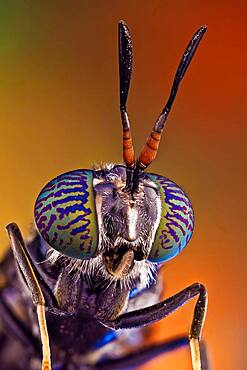
A common and widespread fly of the family Stratiomyidae, and quite possibly the best-known species in the entire infraorder. The larvae are used in manure management, for both house fly control and reduction in manure volume, and the mature larvae and prepupae raised in manure management operations are themselves useful as feed supplements

Black soldier flies are common and widespread fly of the family Stratiomyidae. Neither the larvae nor adults are considered pests or vectors. Instead, black soldier fly larvae play a similar role to that of redworms as essential decomposers in breaking down organic substrates and returning nutrients to the soil/environment.

Prayer stone with the widespread Buddhist mantra Om Mani Padme Hum on it, Zanskar valley, Zanskar, Ladakh, Jammu and Kashmir, Indian Himalayas, northern India, India, Asia
